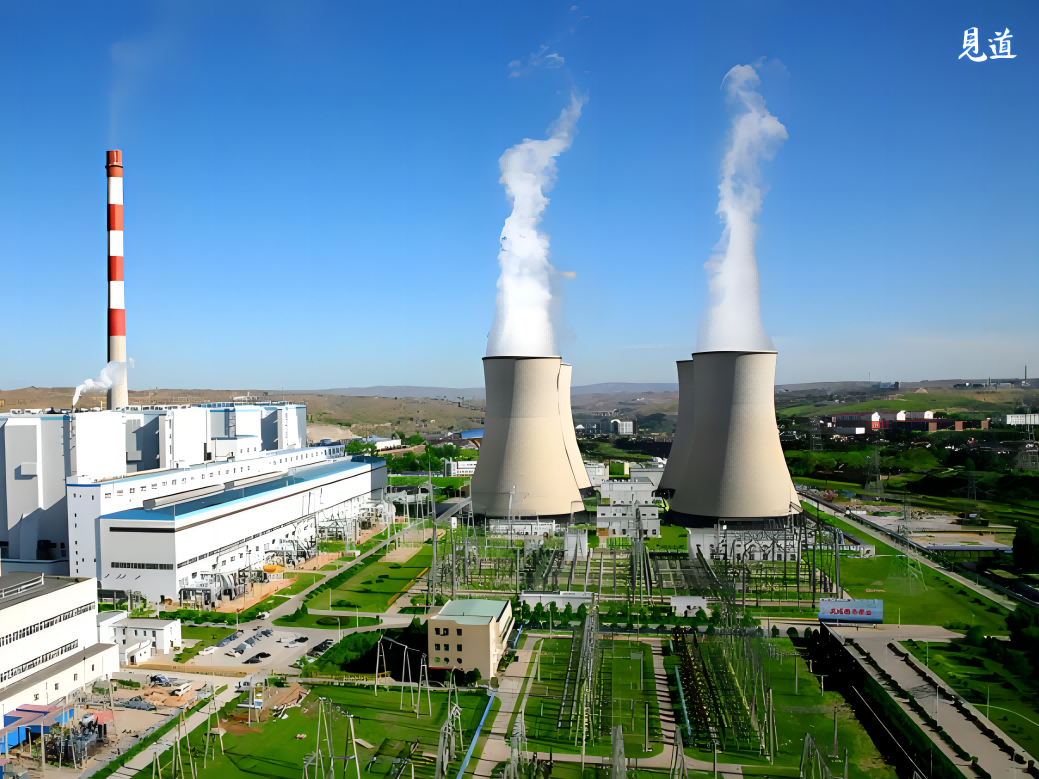- The main line of the reconstruction project is about 54 kilometers long, with two-way six-lane lanes and a roadbed width of 33m

On December 5, 2020, China Communications Construction issued an announcement that CCCC Shanghai Waterway Bureau, China Communications Construction Co., Ltd., Zhejiang Zhuan Construction Group and Zhejiang Transportation Planning and Design Institute Co., Ltd.
The starting point of the reconstruction project of the 235 National Road Hangzhou-Zhuji Highway Xiaoshan River to Zhuji Anhua Section is located in Heshang Town, Xiaoshan District, and is connected to the end point of the first grade highway from Xiaoshan Yiqiao to Louta Section of the G235 National Road under construction. The starting point is K0+000. The terminus of the project is located at the junction of Chengjia Village, Zhuji and Pujiang River in Anhua Town, and is connected to the planned G235 Pujiang section, with terminal station number K53+952. The main line is 53.95 kilometers in length (1.1 kilometers in Xiaoshan section and 52.85 kilometers in Zhuji section), and the connecting line is 6.37 kilometers long. There are 14 bridges of 5539.3m, 16 medium and small bridges of 814.5m, 8 medium and short tunnels, 4 general interchanges, 3 highway service stations, and 2 maintenance work areas (one of which is combined with the service station).
The whole line adopts two-way six-lane, with a subgrade width of 33m and a split subgrade width of 2×16.5m. The Zhuji Interchange Line adopts the two-way four-lane first-class highway standard, with a design speed of 60km/h and a roadbed width of 23.5m. Designed vehicle load level for bridges and culverts: Highway-Class I, design flood frequency 1/100, design flood frequency for sections crossing towns should be comprehensively determined in accordance with the urban flood control standards. The remaining technical indicators shall comply with the specified values of relevant national standards and norms.
The implementation of this project will effectively improve the current congestion of the Zhuji section of the G235 national highway, further strengthen the close connection between Zhuji and Hangzhou, promote the economic development of the towns and villages along the line, and facilitate the transportation of the people. Editor/Peng Xue
Comment
 Praise
Praise
 Collect
Collect
 Comment
Comment
 Search
Search














Write something~